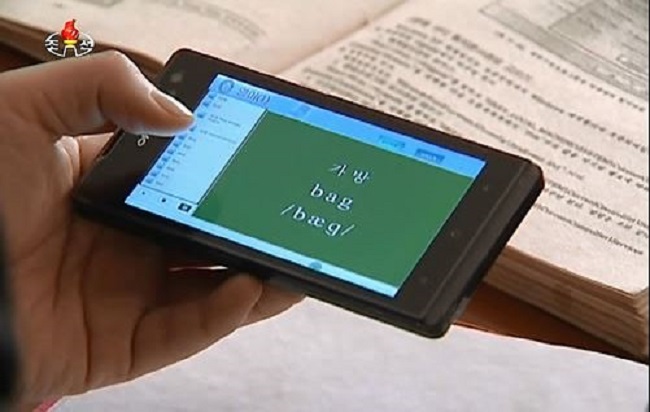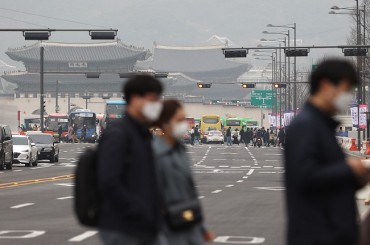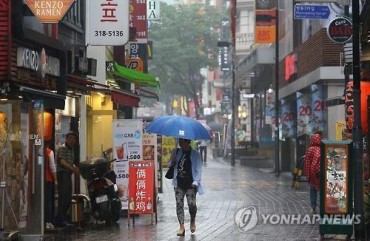
Behind the warmongering, threatening, obnoxious bluster of North Korea is a rapidly changing society evidenced by the proliferation of cell phones and greater emphasis on English lessons throughout the public education system. (Image: Yonhap)
SEOUL, Aug. 30 (Korea Bizwire) — Behind the warmongering, threatening, obnoxious bluster of North Korea is a rapidly changing society evidenced by the proliferation of cell phones and greater emphasis on English lessons throughout the public education system.
The early 2000s was when cracks started to appear in the omnipresent communist ethos. Small outbursts of bartering and trading, the seeds of market activity, began to crop up throughout the isolated country. With an-ever-so-slightly growing reliance on commerce, a new social order dependent on financial wealth began to materialize.
The growth of economic classes eventually led to the diversification of leisure activities and the service industry.
As a result, pubs, swimming pools and sports clubs are emerging seemingly out of thin air in urban areas, signs of growing business activity.
All of this is documented in a report released by the Korea Development Institute on August 30 detailing the leisure activities and educational curriculums used at public schools.
A marker of North Korea’s economic development is exemplified by the growth in number of cell phone owners. In 2008, a mere 1,694 cell phone owners were recorded. In January, 2017, 15 percent of the North Korean population of 3.77 million owned cell phones.
In response to the surge in cell phone use, the North Korean government has banned access to data and wifi (internet access), which strips modern day smartphones of the greater part of their capabilities.
There is speculation that greater controls over smartphone use have been instituted to crack down on access to South Korean cultural content like K-pop and trendy TV shows.
The other focal point of the Korea Development Institute’s report, education, is the subject of major change within the communist country.
According to the report, starting in 4th grade, students are taught English all the way through high school. Indeed, it is believed that in the upper high school levels English is more strongly emphasized in studies than Korean.
Research fellow Kim Jin Sook at the KDI explained that the changes to the educational curriculum are part of a government effort to shore up weaknesses in English, science and mathematics.
“Compared to the South, in North Korea, students, especially secondary school students, study science anywhere from two to five hours more when accounting for established study schedules,” Kim said.

“Compared to the South, in North Korea, students, especially secondary school students, study science anywhere from two to five hours more when accounting for established study schedules,” Kim said. (Image: Yonhap)
S.B.W. (sbw266@koreabizwire.com)






